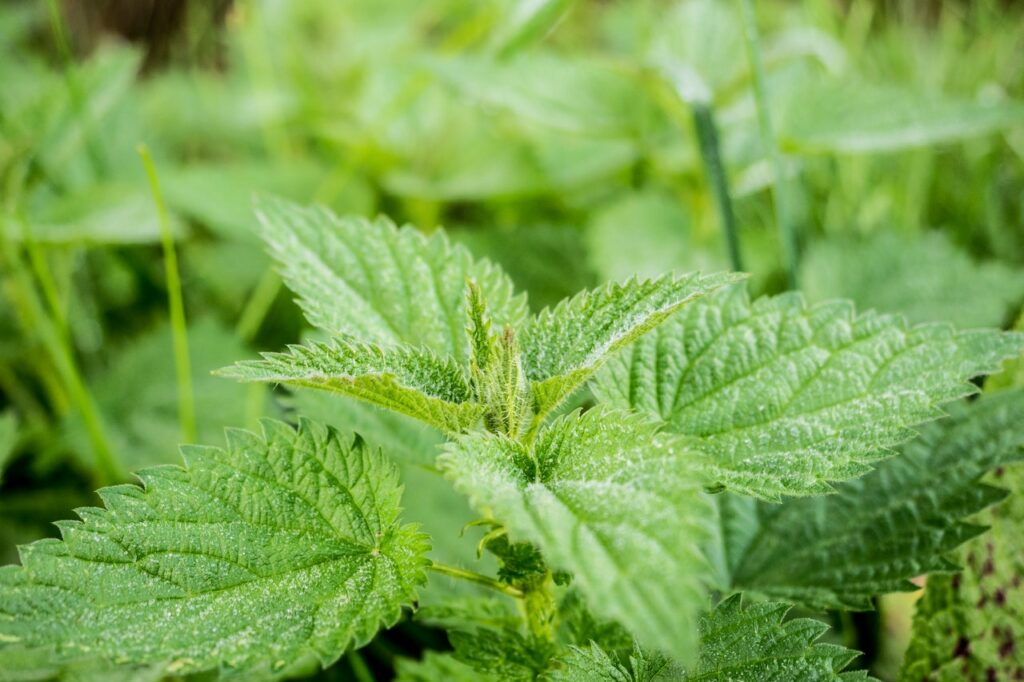There are several diseases that cause hair loss, and one of the most affecting women is female alopecia. But do you know what this disease is, what the symptoms are and how to treat it? This and much more you will learn in this article.

One of the fastest and most efficient ways to treat female alopecia is to invest in pills that help hair growth, such as capsules BeautyVip Hair. After all, in addition to reducing hair loss by 97%, it also develops more resistant, hydrated and voluminous strands.
However, in addition to the possibility of treating female alopecia with vitamin supplements, there are also some home treatments. Do you want to know more about this subject and remove all your doubts? Just keep reading this article!
Índice de Conteúdo
What is female alopecia?
Female alopecia is a condition in which there is a sudden loss of hair from the scalp or even any other region of the body. In some cases and depending on the degree of alopecia, the hair tends to fall in specific regions of the head, making it possible to visualize the scalp.
Some studies estimate that around 50% of women suffer from this condition, and many don't even know it. It's also good for you to know that the alopecia can be genetic and if you have someone in your family who has already suffered, it is important to redouble your care and attention.
What causes female alopecia?
Hair growth takes place in the hair follicle and, when a woman suffers from alopecia, it means that this region of the scalp is being affected. Therefore, one of the main ways to prevent alopecia is to know how to clean the scalp. After all, by using the wrong products, you may be contributing to hair loss.
When a woman suffers from alopecia, the hairs become thinner and thinner, until eventually they stop growing. Therefore, it is important to be aware of the symptoms so that you can treat as soon as possible and avoid more severe damage.
What are the types of alopecia?
To know how to treat each type of female alopecia, you first need to identify which type you have. The identification of alopecia must be done by a specialist, precisely to ensure that you will receive the proper treatment.
Female Alopecia Telogen Effluvium
This type of alopecia is much more common in women between 18-35 years of age. This type causes hair loss in greater proportions and faster, being more easily identified.
Telogen effluvium usually occurs due to physical or mental stress as a result of a traumatic event, for example. Furthermore, this type of alopecia also occurs when there is an excess of vitamin A and iron deficiency.
Senile female alopecia
This is that age-related type of hair loss. According to some data, it is estimated that 30% of all women will suffer from some baldness problem after the age of 50 years. This alopecia presents with diffuse thinning as the hair thins slowly.
Women who are going through menopause can also suffer from senile alopecia and, being common for their age, treatment takes a little longer. But you can solve this problem by betting on a diet focused on the absorption of vitamins and nutrients.
Female alopecia areata
As it presents itself as a quick form of hair loss, it is also easier to identify. In addition, alopecia areata usually appears blemishes or affects one more specific side of the scalp.
It can be caused by a disturbance in the immune system or be influenced by some emotional stress. Alopecia areata can be resolved either spontaneously, without any medication or requiring special care. So see a doctor.
Frontal fibrous female alopecia
This type of alopecia is directly related to genetic, hormonal and environmental factors. Other than that, it can also be linked to the use of a sunscreen. In this case, the woman develops a chronic inflammatory process.
Therefore, it ends up causing the first fall on the front of the head, making it easier to identify. It is more common in menopausal women, and there is no defined treatment.
Home treatment for female alopecia
Now that you know some of the causes of alopecia, you will be better prepared to try to solve the problem at home. These homemade recipes can work to treat alopecia as it tends to increase blood circulation.
Home treatment for female alopecia with burdock
Burdock oil, for having properties responsible for calming the scalp's sensitivity, tends to contribute to the reduction of hair loss. Other than that, it still has an astringent action and stimulates microcirculation in the scalp.
To use as a treatment for female alopecia, dilute 3 drops in 30ml of neutral shampoo and wash your hair, rubbing a lot – but gently – the scalp. Then apply a conditioner or moisturizing mask.
Home treatment for female alopecia with nettle
Powdered nettle is a great remedy against hair loss as it contains vitamins and minerals such as sulfur, zinc and copper. Thus, it strengthens the hair root and makes them stronger and silkier.

To use, simply mix 1 tablespoon cornstarch and 1 tablespoon powdered nettle. Then, just pass the mixture, with the help of a brush, directly to the root of your hair. It works like a dry shampoo and also helps eliminate excess oils.
Home treatment for female alopecia with rice
Rice protein is beneficial for a number of things, including your hair. As it has a strengthening role, it helps to treat female alopecia. Furthermore, the protein increases hair volume and has a hydrating effect.
To use as an alopecia treatment, add 1 drop of rice protein essential oil in 1 tablespoon to your preferred styling cream and mix until uniform. Then, just divide the hair into locks and apply the product.